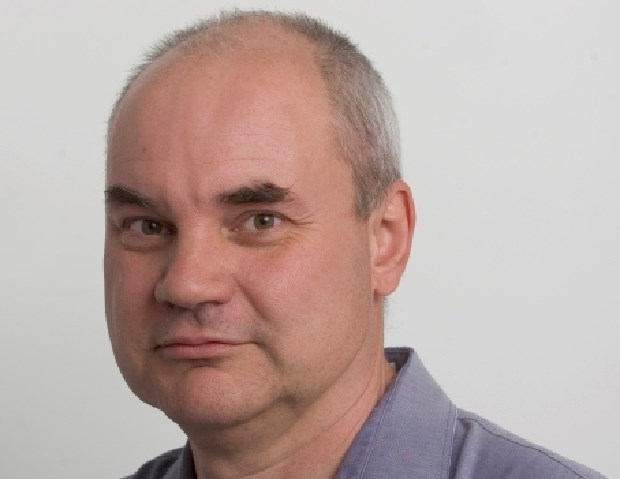 Linda Proctor is encouraged. The change she has been urging since her granddaughter’s murder has caught the attention of government.
Linda Proctor is encouraged. The change she has been urging since her granddaughter’s murder has caught the attention of government.
But oh, has she had her eyes opened to the scope, complexity and human cost of the challenges relating to kids and mental health.
Langford’s Kimberly Proctor was 18 when she was killed in March 2010 by 16-year-old Kruse Wellwood and 17-year-old Cameron Moffat. For the past few years, members of her family have been pushing a package of reforms under the banner Kimberly’s Law. Included is a proposal for mandatory treatment and counselling for any young person who is identified as a threat. “The boys that murdered Kimmy showed these signs from a very young age, and nothing was done,” Linda says.
As part of her campaign, she made a written submission to a legislature committee’s investigation into youth and child mental health in B.C. She also sat through five days of oral presentations from others, which proved revealing.
Linda heard of a wide range of problems all lumped under the catch-all of youth mental health. She heard of gaps in an unco-ordinated system where no one seemed to be in charge. She heard about long wait times. She heard about suffering young people who were a threat to no one but themselves, heard mothers plead on behalf of their suicidal teens. “They were desperately seeking help for their children and couldn’t find it. It was quite emotional. It was gruelling.”
She also heard proposed solutions. Someone spoke of using Skype to reach patients isolated in rural B.C. Someone else testified that anxiety disorder can alter brain development, so early treatment can be life-changing. She heard how perplexed north Island doctors worked hard to find services for kids brought to the hospital ER.
Two years of study culminated last week when the committee released a report unanimously recommending 23 changes.
The key finding was that while B.C. has many services available, they’re unco-ordinated and often hard to access. Go to the hospital, you’re dealing with the Health Ministry, but go back on the street and it’s Children and Family Development. Stuff falls through the cracks. “There are too many silos between ministries,” committee chair Jane Thornthwaite says.
The committee wants Premier Christy Clark to appoint a mental-health minister who would drive the integration of services offered by existing ministries. Funding of programs would be tied to such collaboration. The goal would be a “one child, one file” approach.
The committee, comprising both Liberal and New Democrat MLAs, also called for community- and school-based “hubs” offering young people mental-health programs and clinical and social services. A school in Thornthwaite’s North Vancouver riding already has such a set-up. When New Brunswick integrated services, wait times dropped from six months to two weeks, Thornthwaite said. “The kids just had to go down the hall.”
Among other recommendations was one urging more use of psychiatric nurses in hospital emergency rooms (with part of the goal being follow-up care after the patient is discharged), another calling for alternatives to hauling distressed kids to the ER, and another saying young people showing signs of behavioural, emotional or mental-health issues should be assessed within 30 days and treated within another 30 days.
Linda Proctor’s evidence (and that of Kimberly’s aunt Jo-Anne Landolt) was mentioned in a recommendation for adequate funding for early-intervention programs. (“It is a fact that prevention is more cost-effective than non-treatment,” the two wrote.) Although there was no specific call for mandatory treatment of youth who are identified as a threat, Thornthwaite said she would push for Kimberly’s Law measures in her role as parliamentary secretary for child mental health.
Of course, all these are just recommendations. They could land on the government agenda — or gather dust on a shelf. Linda Proctor recognizes that, and says MLAs need a nudge from the public. “Now we really need to push the government to implement this.”



